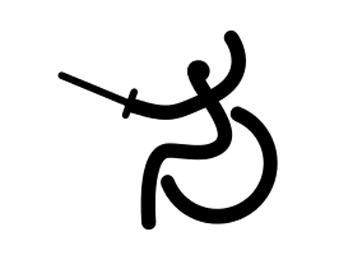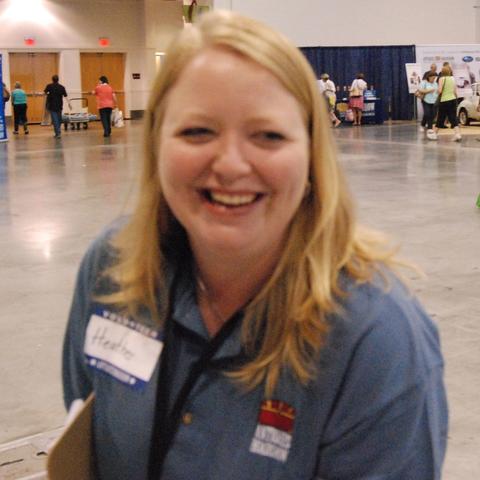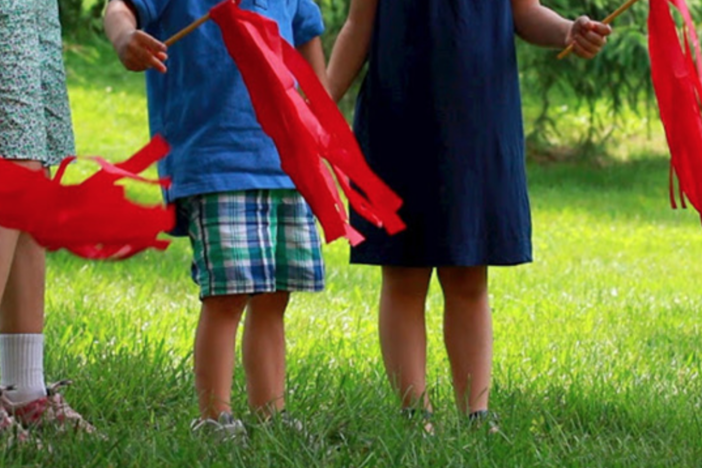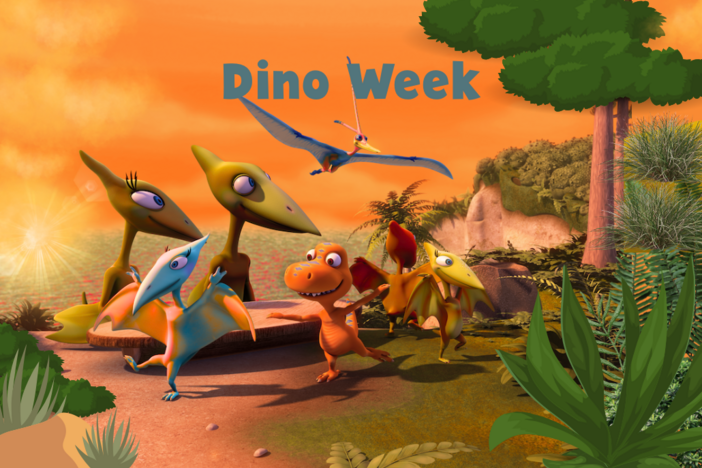
Section Branding
Header Content
Paralympics 2012
Primary Content

The Paralympics launched last week and continues through September 9. You can watch and share the events with your students on YouTube online and follow WGBH’s programming Medal Quest.
The Paralympic games started toward the end of World War II when Dr. Ludwig Guttmann, who fled to Great Britain due to persecution of the Jews in the 1930’s, worked treating soldiers with spinal cord injuries. He began augmenting and creating games for his patients. In his notes, he remarked that many games didn’t last long because his patients’ fervor often resulted in injury. Clearly, the wounded war veterans had drive and a competitive spirit. So, the doctor developed what were then called the Stoke Mandeville Games, named for the hospital where Guttman worked. By 1948, the games were opened up to athletes who were not war veterans and from there the game expanded into the Paralympic games as we know them today.
Watch as three US athletes compete in the Men’s 200m race at this year’s games.
Many sports are just as you would expect to see them at the major Olympic games held a few weeks ago. Some, are new games, like goalball, which we blogged about a couple of months ago, and involves hand-ear coordination among two teams of bling players scoring by rolling a rattling ball into a super-long goal. While listening to NPR last week, I heard an interview of one of the Paralympic rowing teams. Each team member was an amputee, one due to a deformity at birth, the other due to injuries suffered from a bomb blast while he was serving in Afghanistan. What was most surprising to me about the pair is that one was female and the other male, yet they competed on the same rowing team.
Often these games involve whole new technologies and sciences, such as the “blades” the runners were using in the video above. Those are made from special composite materials so that they are strong enough for the forces of speed and weight they’ll endure, but flexible enough to bend and move so the athletes can run safely.
Introduce your students to the games and ask them to think critically about what they see. What sports are new to them? Which do they think they’d like to try? How about blindfolded soccer? Or wheelchair fencing?






